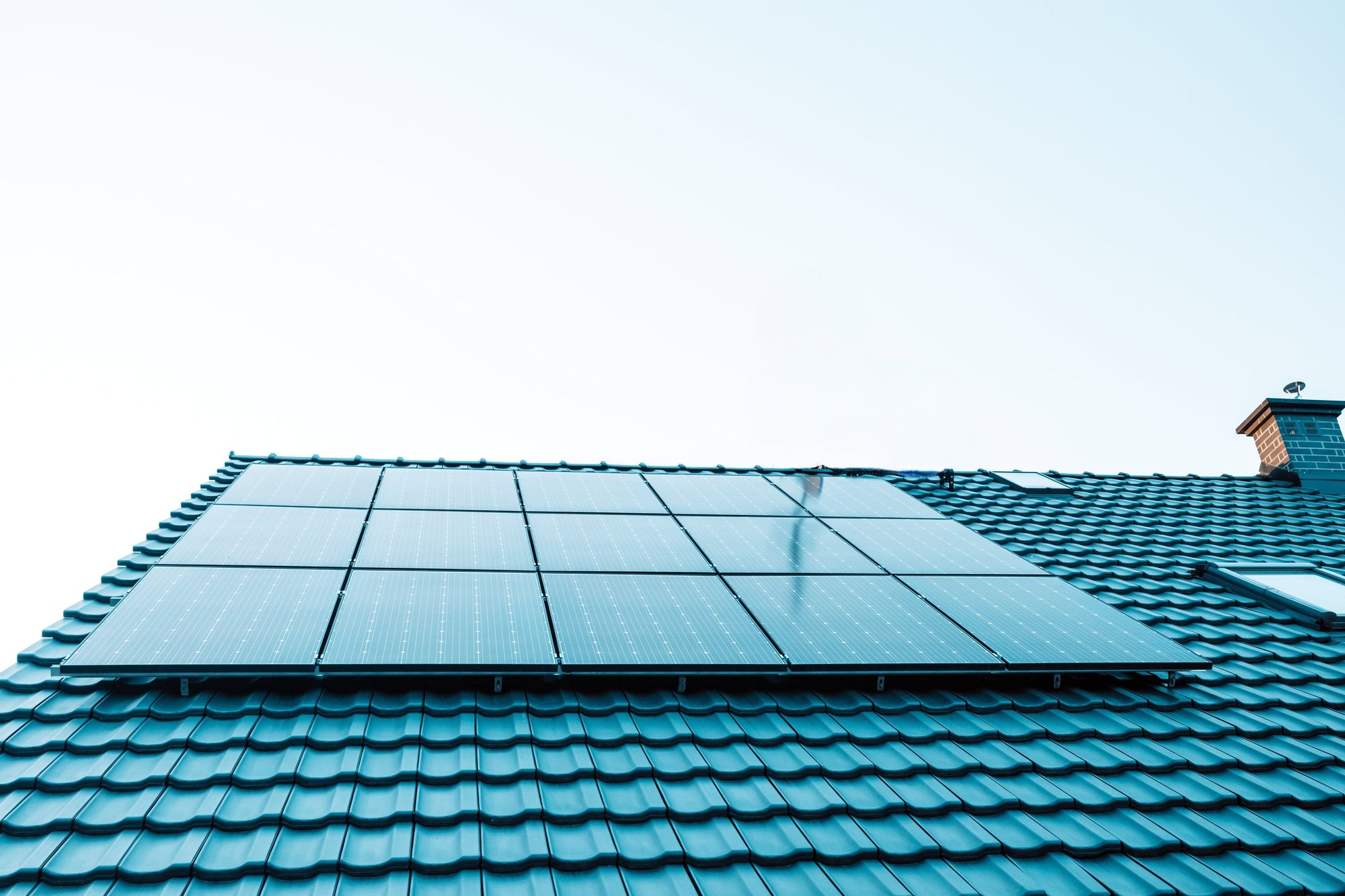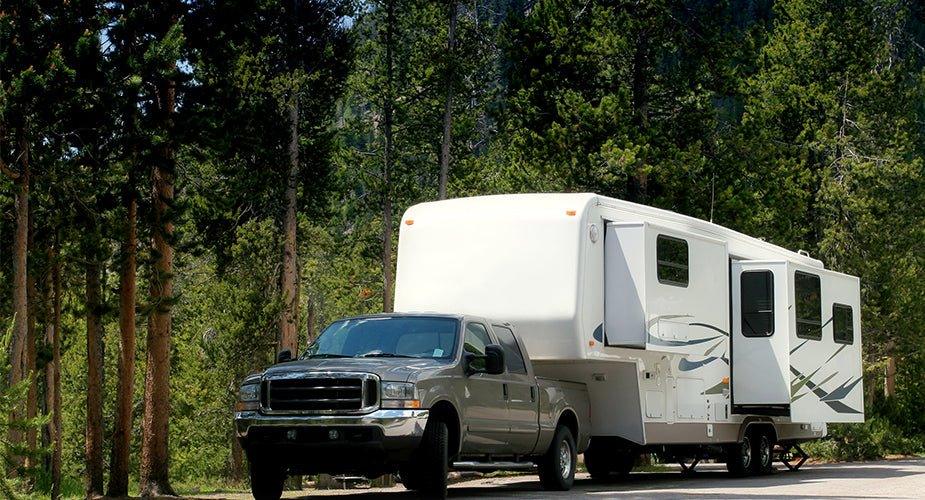A portable power station is a type of off-grid electricity source that is powered by a rechargeable battery. You can liken it to a power bank with the way it works. However, portable power stations have much larger capacities, higher output power, and even AC outlets that could easily power small gadgets like phones and laptops as well as home appliances such as televisions and refrigerators. Some people use lighter models for their camping trips and some homeowners use the bigger models as their backup power source whenever power outages occur.
More Than Just a Battery
While you can think of a portable power station as a battery with a massive energy capacity, it also has a lot of amazing and high-tech features that need to be highlighted. Normal rechargeable batteries do not only have a small juice capacity but they also take time to get fully charged. Power solar generator however provide massive power capacity and at the same time, offer faster charging periods, have screens for ease of control, and even mobile apps that allow users to control their power stations remotely.
Portable Power Station and Solar Generator: Are They the Same?
As mentioned earlier, a portable power station is a giant high-capacity power bank that can charge small gadgets such as phones and tablets since it comes with USB ports. It can also power up home appliances like microwave ovens. mini-fridge and televisions because it has AC outlets too. This type of power source contains rechargeable batteries that can be juiced up through different methods. You can plug it in a regular outlet, use a car charger, hook it up to solar panels, or even connect it to a wind turbine for charging.
On the other hand, a power solar generator is a specific type of portable power station that relies on solar panels to charge its battery. The solar panels capture the energy from the sun and convert it into electricity. This collected power is then stored in the battery of the solar generator. Considered an environment-friendly option, this type of portable power station has become a popular choice among campers and even homeowners looking for a reliable backup power source.
Nature’s Generator Lithium 1800 is an example of a power solar generator. Made by one the most trusted brands in the solar industry in the country, Nature’s Generator, this powerness solar generator weighs just 40 lbs but can power up a full-size fridge with 800W compressor for 16 to 24 hours in one go. Armed with the latest LiFePO4 battery technology at 48V 30Ah (1440Wh), its lifespan can go as long as ten years. Its output continuous power is 1800W and can peak up to 3600W. It has multiple USB ports including fast charge ones, AC outlets as well as DC outlets carefully considering all possible items that users will charge or plug in their power station. Finally, its multi-charging feature allows users to charge their unit in four ways: AC outlet, solar panels, wind turbine, and car charger. This is like saying we covered all the bases for you so you will never run out of power anytime, anywhere.
Factors to Consider When Buying a Portable Power Station
Since portable power stations are not created equal, it is important to identify which among the array of choices in the market is best for your needs. Purpose, battery capacity, power output, type and number of outlets, charging options, safety features, price, and of course, portability key components that you should consider when shopping for a power solar generator.
Purpose
How do you plan to use your portable power station? This could be your starting point when looking for the right power station for your needs. Are you going to use it as a backup power source during a power outage or are you going to use it for your outdoor activities such as camping and long road trips?
Battery Capacity and Power Output
Once you have identified the main purpose of your portable power station, the next factors you need to consider are the battery capacity and power output. The higher the watt-hour of a battery, the longer its run time will be. You also need to know what type of items you are planning to connect in your power station as that will give you an idea of the power output that you will need. You don’t want to buy a power solar generator that has the battery capacity but not enough power output to power up your appliance.
Type and Number of Outlets
Most portable power station have AC outlets, DC outlets and USB ports. Home appliances usually need AC outlets for power. Smartphones, tablets, and other small electronic gadgets need USB ports for charging. Power tools such as drills, saws and sanders often use DC chargers. Choose the power station that has the type and quantity of outlets you need to power your devices.
Charging Options
As with any electrical device, check the built-in safety features of the power station you are eyeing. Overcharge protection, over current protection, over-discharge protection, short circuit protection, temperature protection, and reverse polarity protection are features that will help protect your devices and the power station itself from damage.
Price
Depending on the capacity and features, portable power stations can range from a few hundred to several thousand dollars. Determine how you will use the portable power station and its frequency to help you make a sound decision.
Portability
Portable power station are called as such because you can move them around. However, they still come in different weights and sizes. Lighter power stations have lower power capacity and bigger stations offer more juice but can be bulky and heavy. You may have to choose based on which is more important for you: ease of transport or battery capacity.
Final Thoughts
Portable power station offer a convenient and reliable way to stay powered and connected in various situations. As we all become more dependent on power, having different sources, or at least a backup when the main one is down, is a lifesaver and a worthwhile investment. At the moment, several types of portable power stations are available in the market including the solar generator. Considering the key factors before deciding which portable power station you will get for your power needs will help you make the right choice.
* We want to give credit where credit is due. Professional writer, Ann Mathew, contributed research and content to this blog titled: What is a Portable Power Station Thank you, Ann, for your contributions!






 10,000W LIFEPO4
10,000W LIFEPO4









